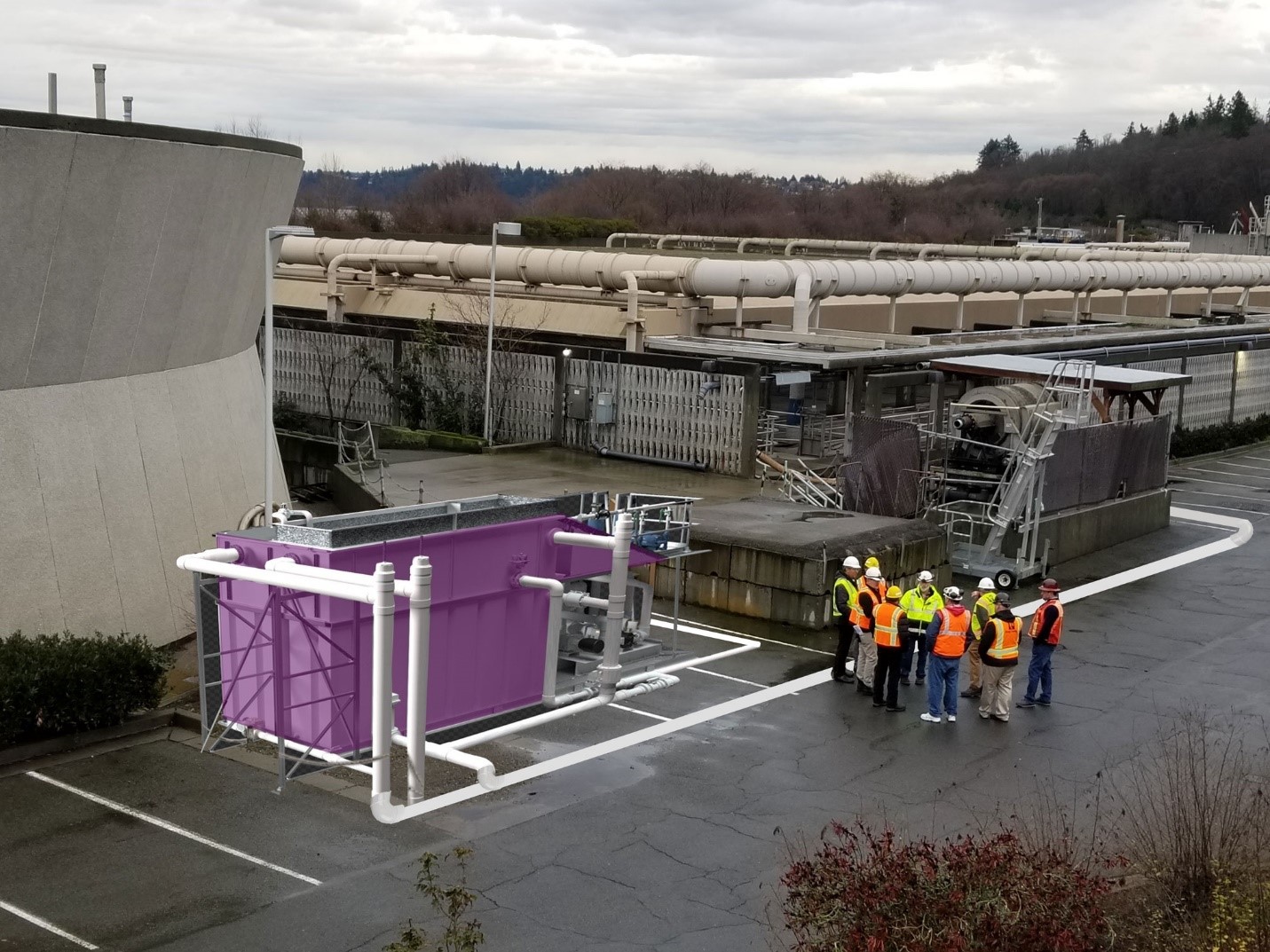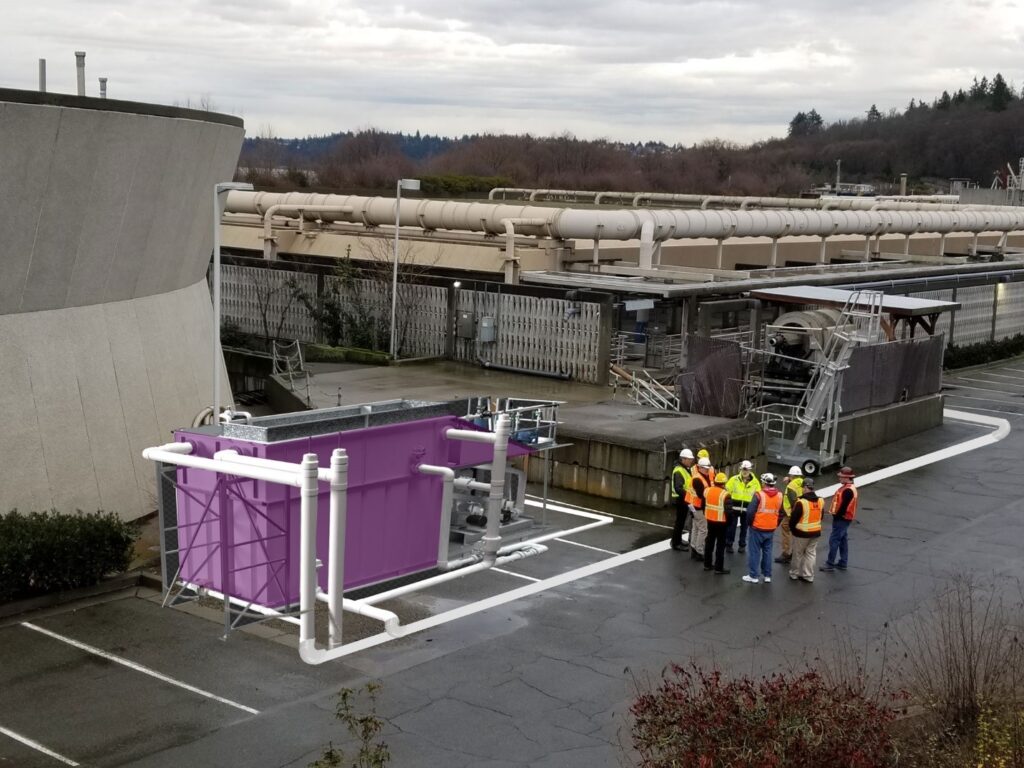
By Doug Berschauer and Mike Ollivant
During major rainfall events many wastewater systems have insufficient capacity to convey all of the combined water and stormwater to the plant. It results in a Combined Sewer Overflow (CSO) or Sanitary Sewer Overflow (SSO) into an adjacent water body. These overflows occur sporadically during heavy rainfall but are required to be treated or limited to one event per year under EPA consent decree in Washington State.
CSO and SSO equipment only operates a few times a year. These CSO/SSO treatment systems are often very costly and take up a lot of room. They also require quick start up at a moment’s notice.
What if there was a system that took up less space, could start quickly, and provide extremely high-quality water? Approximately 3 years ago, Parametrix began working with the manufacturer OVIVO, a water and wastewater technology solutions company based in Austin, TX, to apply a small, quick acting, high quality treatment system to CSOs and SSOs. This revolutionary treatment system uses a silicon carbide membrane with a coagulant to separate out particles larger than .1 micron (including bacteria). The system produces treated water that is higher quality than any other CSO/SSP treatment system.
Check out this video from OVIVO for an overview of the technology.
Has it been tested?
Initial testing of the system has been completed and working with our engineering partner, Tetra Tech, we are assisting King County with a pilot system to further test the technology at the Mercer/Elliott West CSO Treatment Facility.
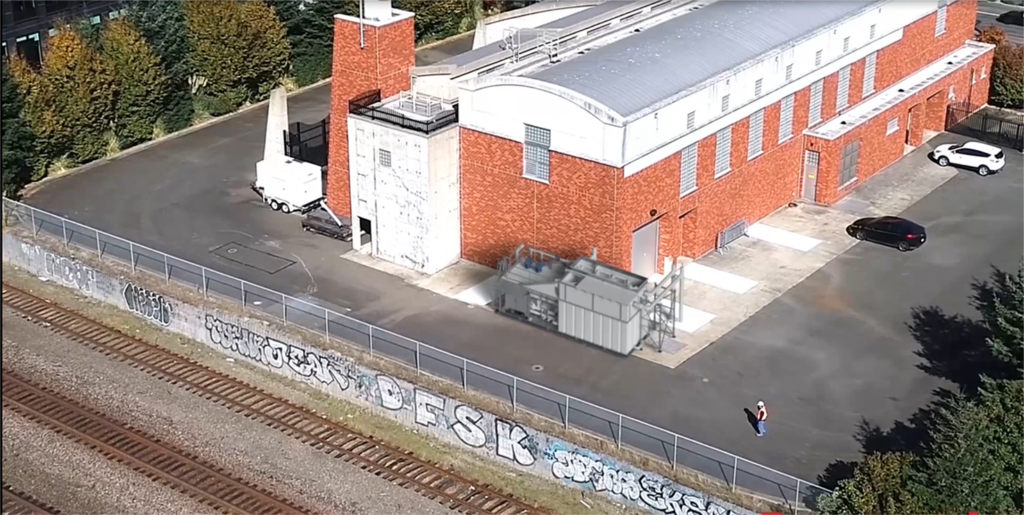
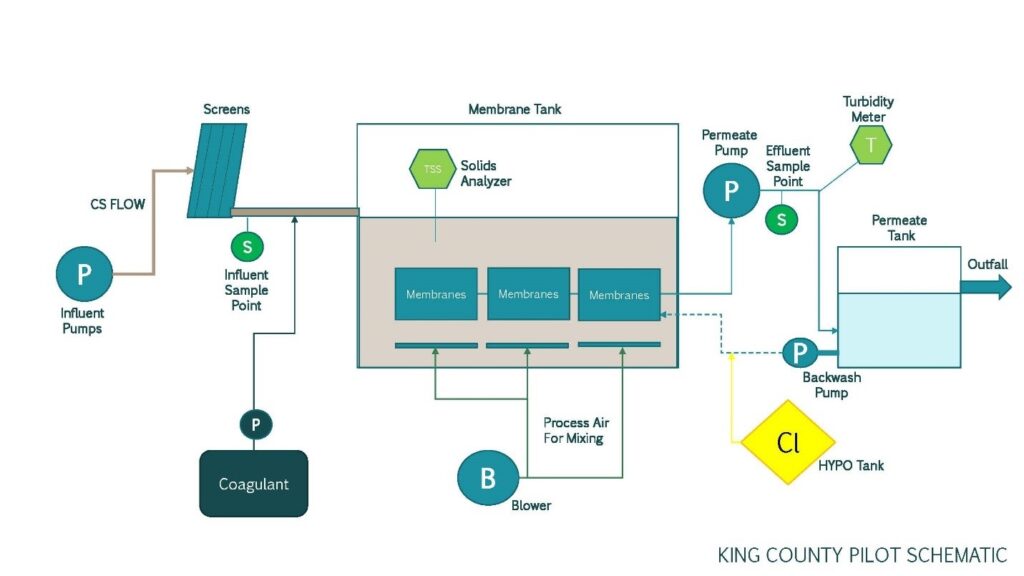
What are the benefits of this technology?
The system has the ability to start much faster than other systems and water quality doesn’t suffer during start up. It also drains quickly so that it is ready for the next event with no operator needed. This technology has the ability to address water quality permit requirements by providing much higher quality water during overflow events – especially where there are solids and coliform violations. The final effluent, compared to the influent, is shown in the photo below.
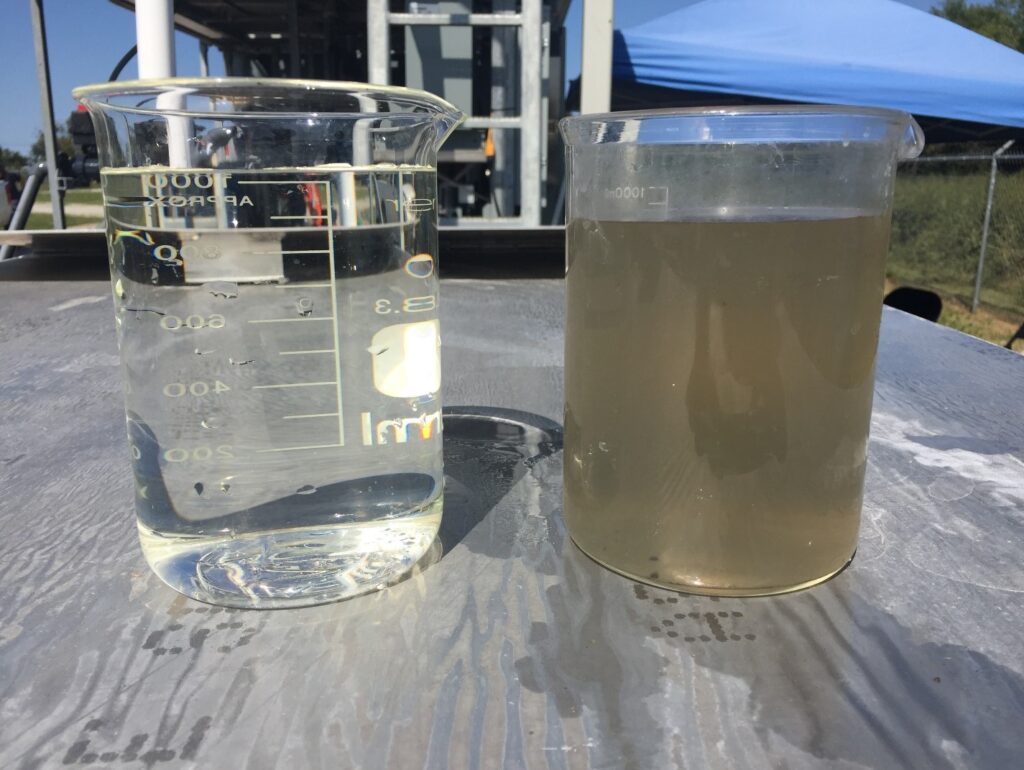
How is this technology implemented?
In some cases, this system can be fit into existing tanks but of course this varies by situation. The technology could also be implemented as a part of a solution to address existing water quality issues associated with the overflows.
Keep in mind, there are many “tools” in the toolbox for CSO/SSO treatment or abatement. What this technology does is expand that toolbox and give us a tool that doesn’t currently exist as well as the ability to treat short term events with high quality effluent.
